
GRAY SQUIRREL
The head & body of the Grey Squirrel ranges between 8-10 inches, with the tail measuring approximately 7 ¾-10 inches. They weigh between 0.75-1.6 pounds. Grey squirrels will usually birth 2 litters of 2-3 young per year, one in early spring and then again late in the summer.
Habits
Active year round, but mostly active in the morning and evening on dry days.
Feed primarily on nuts, especially hickory nuts, acorns, beechnuts, and walnuts.
At times they feed heavily on maple or tulip tree seeds, fruit, opening buds, and can cause considerable damage to a corn patch.
Nest in tree cavities or build leaf nests in branches (mostly in summer) usually at least 25 feet off the ground.
They most often enter structures such as attics and garages for shelter, to store food, and/or to nest, which can result in damage to the structure and/or its contents. Have been found tunnelling and nesting in/under blown-in fibreglass insulation between attic floor joists.
Outdoors, they can cause considerable damage to electrical and telephone cables.
Control Methods
Exclusion
The access holes used by the squirrels SHOULD NOT be sealed until ALL activity has ceased. Holes can be sealed with metal flashing, steel wool, “Stuff-It”, or ¼ inch galvanized steel mesh. Be proactive and seal holes before they enter.
Trapping
Trapping using rat-sized wooden-based snap traps; secure with a nail etc. so they cannot be drug off. Use live traps in the area of activity (in attic, garage, on roof, trees, etc.)
Place the traps along runways between the entrance hole and nesting site.
Check the traps daily to re-bait, reposition, and to remove trapped or dead squirrels.
Peanut butter is the best bait to use when baiting any type of trap.
Be sure to check local laws before trapping.
Related Videos
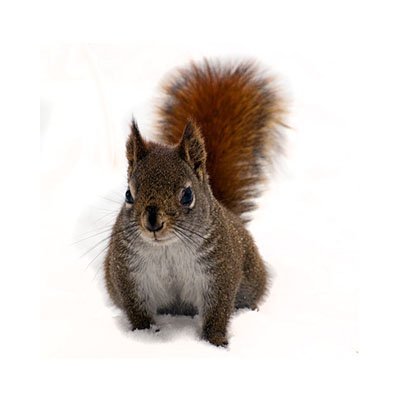
RED SQUIRREL
The head & body length of the Red Squirrel ranges between 7-8 inches, with the tail measuring approximately 4-6 inches long. They weigh between 0.45-0.55 pounds. Red squirrels will usually birth 2 litters of 3-7 young, per year, one in early spring and then again late in the summer.
Habits
Abundant in any kind of forest, hardwood, coniferous, or mixed, and are common around buildings.
Active year round, especially in the morning and evening, but are occasionally out after dark.
Feed on a great variety of seeds, nuts, berries, bird’s eggs and young, and fungi.
Nest in tree cavities or branch nests built of leaves, twigs, and bark. They can also nest in fallen trees and ground cavities.
Have been found tunneling and nesting in/under blown-in fibreglass insulation between attic floor joists.
Frequently enter attics and become pests. Outdoors, they can cause considerable damage to electrical and telephone cables. They most often enter structures such as attics and garages for shelter, to store food, and/or to nest, which can result in damage to the structure and/or its contents.
Control Methods
Exclusion
The access holes used by the squirrels SHOULD NOT be sealed until ALL activity has ceased. Holes can be sealed with metal flashing, steel wool, “Stuff-It”, or ¼ inch galvanized steel mesh. Be proactive and seal holes before they enter.
Trapping
Trapping using rat-sized wooden-based snap traps; secure with a nail etc. so they cannot be drug off. Use live traps in the area of activity (in attic, garage, on roof, trees, etc.)
Place the traps along runways between the entrance hole and nesting site.
Check the traps daily to re-bait, reposition, and to remove trapped or dead squirrels.
Peanut butter is the best bait to use when baiting any type of trap.
Be sure to check local laws before trapping.
Related Videos
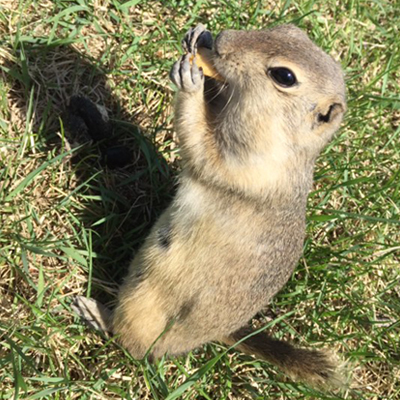
RICHARDSON GROUND SQUIRREL
Ground squirrels measure between 9 to 11 inches, while their semi-bushy tail adds another 5 to 9 inches in length. They are brownish gray in colour and speckled with off white along the back; the sides of the head and shoulders are light gray to whitish.
Habits
Richardson Ground Squirrels are generally active during the day in spring and summer months. Females tend to be territorial and will defend their nesting sites. They are mainly found in the southern areas of Manitoba, Saskatchewan, and Alberta. Ground squirrels have two periods of dormancy during the year. During winter months most ground squirrels hibernate, but some young can be active at this time, particularly in areas where winters aren’t severe. During the hottest times of the year most adults go into a period of inactivity that can last a few days to a week or more. During these periods, the burrow appears open at the entrance, but the squirrel plugs it with soil near the nest.
Feeding: Richardson Ground Squirrels are herbivores. This means they eat just grasses and plants. As the season changes they will move to seeds, grains or other plant material and store them in their burrows for the hibernation over winter. Ground squirrels usually forage close to their burrows. Their home range typically is within a 75-yard radius of their burrow.
Hibernation: Richardson Ground Squirrels start hibernation as early as July and up to as late as September. Males are first to emerge from hibernation in March, followed by females a couple of weeks later.
Nesting: As the spring time temperatures creep up and the ground gets warmer, mounds of dirt start appearing in fields, backyards, or ditches. Their burrows and range is small and there can be many mounds in fields and open spaces, as they like to see any predators coming.
Reproduction: Females produce one litter per year, with an average of 6 – 8 young. The young, are born in April or May. Young ground squirrels remain underground in the burrow until they are approximately 30 days old, emerging from burrows late May to mid-June, weather dependent. At six months, young resemble adults.
Control Methods
Controlling Richardson’s Ground Squirrels can be done by registered rodenticides, trapping, asphyxiation via Giant Destroyers, or by shooting.
Rodenticides are various types of baits that the ‘gophers’ can feed on in their burrows. An effective tool in non-residential areas as the bait is inside the hole and the hole is covered up to see if the bait worked or not if the hole is dug out.
Trapping is another method that will reduce ‘gophers’ in areas that are not of a fine turf area. The gopher will be trapped inside the hole. Frequent inspections are necessary to use this type of method.
Asphyxiation via Giant Destroyers.
Shooting can also be effective for removing rodents but only where it is lawful.
Related Videos
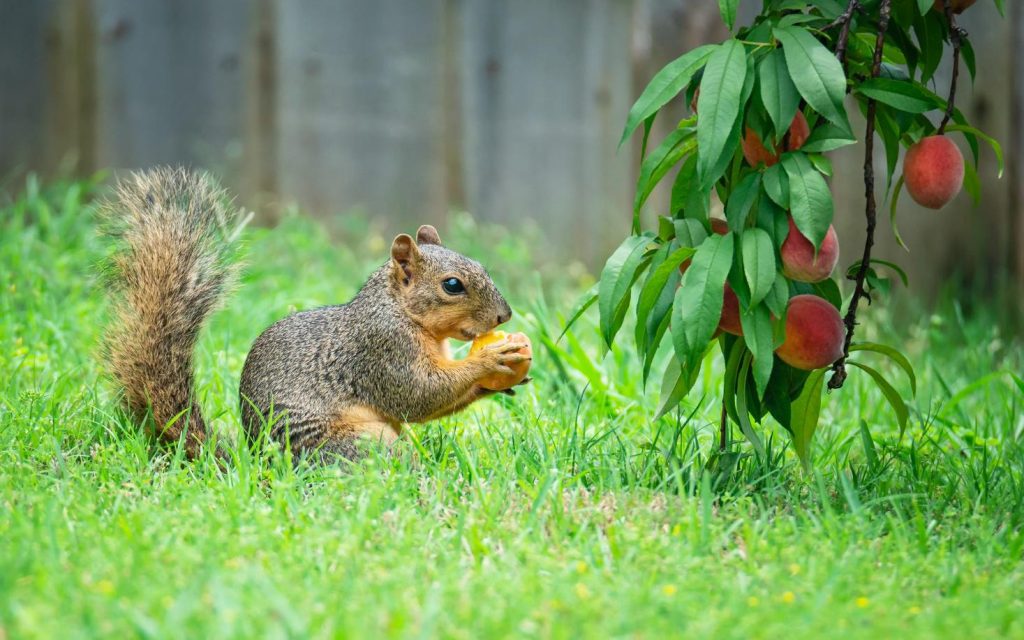
The Spring Ground Squirrel Triangle: Why Moisture, Warmth, and Food Sources Fuel Their Activity
When the snow melts, ground squirrels pop up like they’re late for a meeting. If you’ve noticed more squirrel activity around your lawn or garden lately, you’re not imagining things. At Poulin’s Pest Control, we know all too well that spring marks the official kickoff of ground squirrel season, thanks to moisture, warmth, and an…
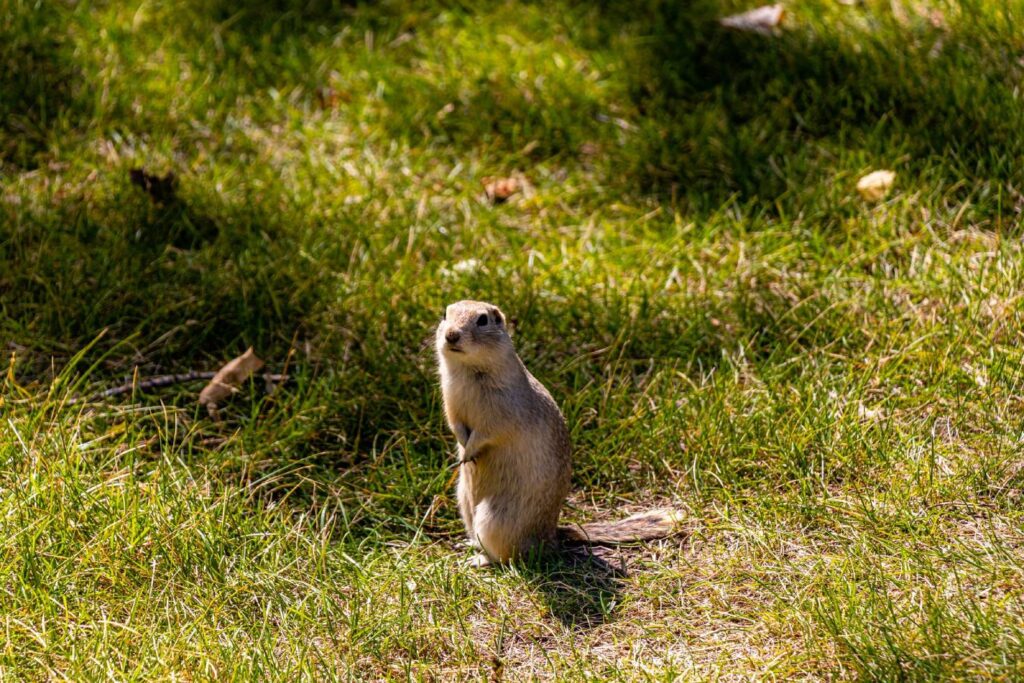
Is it a gopher or a ground squirrel?
Gophers and ground squirrels look similar but behave quite differently. However, both can damage your lawn or vegetable crops, so knowing what type of rodent is digging up your property is crucial to controlling their populations. Here’s how to know if you have a gopher or ground squirrel problem and what to do about it….
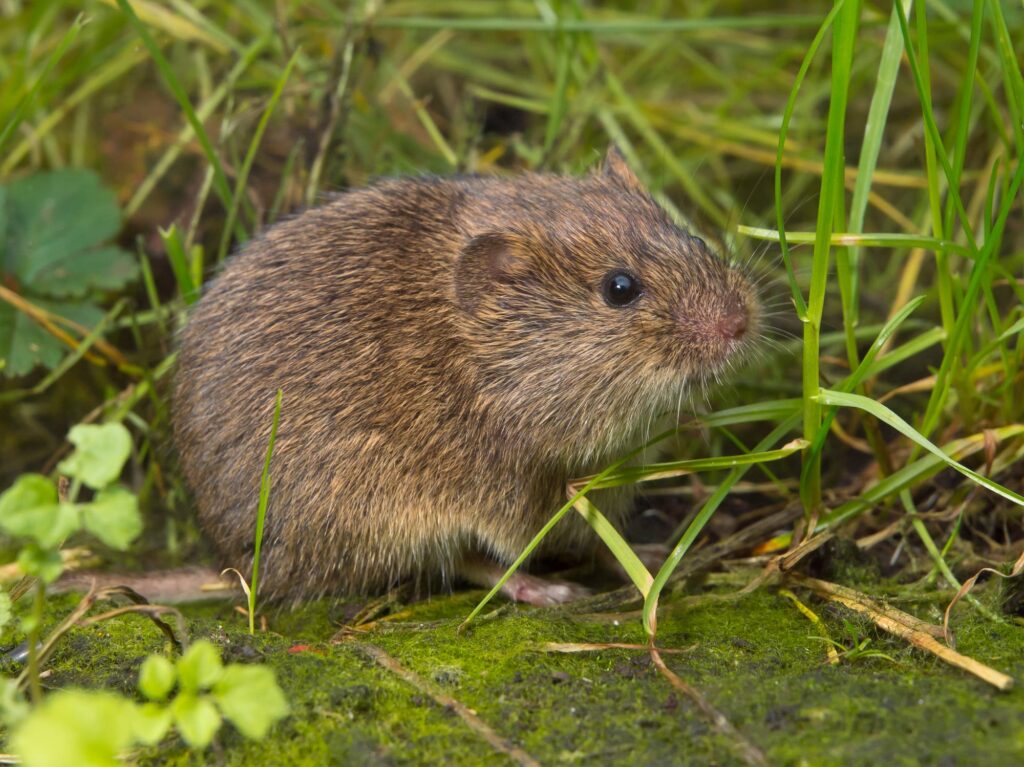
Gophers, voles and ground squirrels: when and how to get rid of burrowing rodents
Wondering what furry little critter has been digging through your garden or fields? To help you bring that damage under control, you need to figure out which burrowing rodent is responsible. Here’s a guide to help you determine which pest you’re dealing with and some effective commercial solutions. Gophers Canada has at least two different…
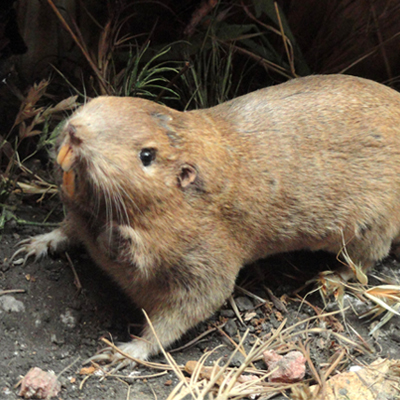
How to Kill Ground Squirrels and Pocket Gophers
As the snow melts away in western Canada and the signs of spring are appearing, so are thirteen-lined ground squirrels and pocket gophers. The 13 stripped Richardson ground squirrel can easily be identified by its thirteen stripes on its back and its golden brown fur. The pocket gopher has no stripes and is golden brown…

